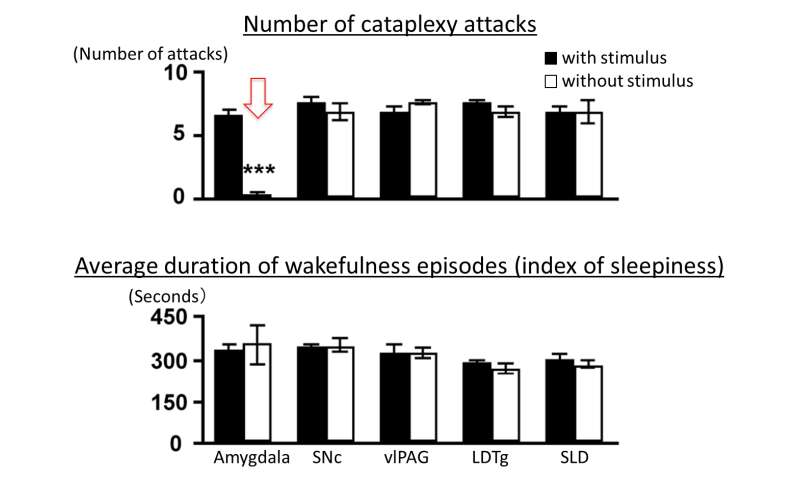
It is related to Deprecatio, Execratio, Ominatio, and Paraenesis (See Links below). This figure “Cataplexis” is associated with consequence. B., A Dialogue between a vertuous Gentleman and a popish priest, D4r-v) Parson) … you shall have your wages home with you, and for the greedy desire you have had to fill your paunch, you shall have fire and brimstone your belly full: and for your mirth and merry pastime … you shall have more weeping nad gnashing of teeth then you would desire: and for the friendship you have had in the wold, you shall have as much of wrath of God as you are able to bear. Yet, henceforward art thou also dead – dead to the World, to Heaven and to Hope! In me didst thou exist – and, in my death, see by this image, which is thine own, how utterly thous hast murdered thyself.” Numerous other accommodation solutions may exist.Cataplexis (known as comminatio in Latin literally, “a terrifying threat”), is a form of speech, by which the Orator threatens a misfortune against some person, people, city, common wealth or country.Ī cataplexis speech usually contains and declares the certainty or likelihood of disaster, or punisments to fall upon them for their wickedness, impiety, insolence, and general misconduct. The following is only a sample of the possibilities available.

Be aware that not all people with cataplexy will need accommodations to perform their jobs and many others may only need a few accommodations. Also, the degree of limitation will vary among individuals. People with cataplexy may develop some of the limitations discussed below, but seldom develop all of them.
#EXAMPLES OF CATAPLEXY HOW TO#
For more information about how to determine whether a person has a disability under the ADA, see How to Determine Whether a Person Has a Disability under the Americans with Disabilities Act Amendments Act (ADAAA). Speech may be slurred, and eyesight impaired (double. The loss of muscle tone that occurs may range from a just-perceptible weakening of the facial muscles through weakness at the knees, to total collapse on the floor. A person has a disability if he/she has a physical or mental impairment that substantially limits one or more major life activities, a record of such an impairment, or is regarded as having an impairment. Cataplexy is the term given to sudden muscular weakness triggered by strong emotions such as laughter, anger and surprise. Instead, the ADA has a general definition of disability that each person must meet. The ADA does not contain a list of medical conditions that constitute disabilities. Cataplexy and the Americans with Disabilities Act

Some of the most common limitations stemming from a cataplectic attack are weakened speech, vision issues, trouble balancing, upper extremity weakness, and/or collapsing.

While a cataplectic attack is usually very short in duration and leaves no residual effects, there may be symptoms that would require workplace accommodations. Other symptoms may include balance issues, upper extremity weakness, and/or collapsing. Some people with narcolepsy can have cataplectic attacks almost daily, while there are some people with narcolepsy that have never experienced cataplexy.ĭuring a cataplectic attack the person will remain conscious however, the person may experience jaw dropping, which can cause speech limitations, or eyelids drooping, which can interfere with vision. These episodes tend to have few, if any, residual effects. Most episodes are short in duration, lasting a few seconds up to five minutes. Cataplexy by itself is considered a rare disease. Cataplexy is the sudden loss of voluntary muscle tone or temporary paralysis that is often triggered by extreme emotion, such as laughter or fear.


 0 kommentar(er)
0 kommentar(er)
